In the popular imagination, Australia is often viewed as a sophisticated 21st-century economy, comparable to any number of advanced developed economies.
Yet when one examines the balance of the nation’s exports, it’s largely about resources, as the chart below of quarterly export volumes from CBA illustrates. And this is assuming one takes the nation’s education exports at face value.
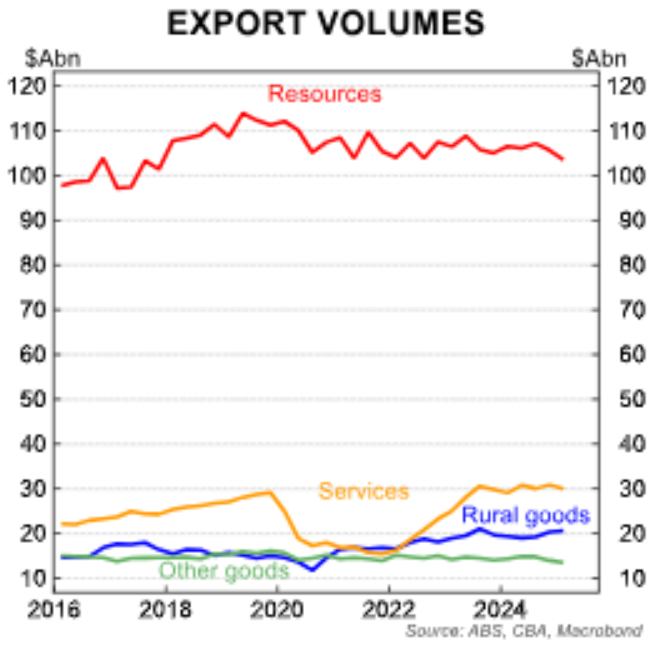
The Harvard Economic Complexity Index (ECI) ranks Australia 105 out of 145 countries, highlighting the nation’s profound reliance on resource exports to support capital inflows, the Australian dollar, and its trade balance.
Rather than rivaling the likes of Japan or the United States, on this metric Australia’s closest rivals are the Ivory Coast and Botswana.
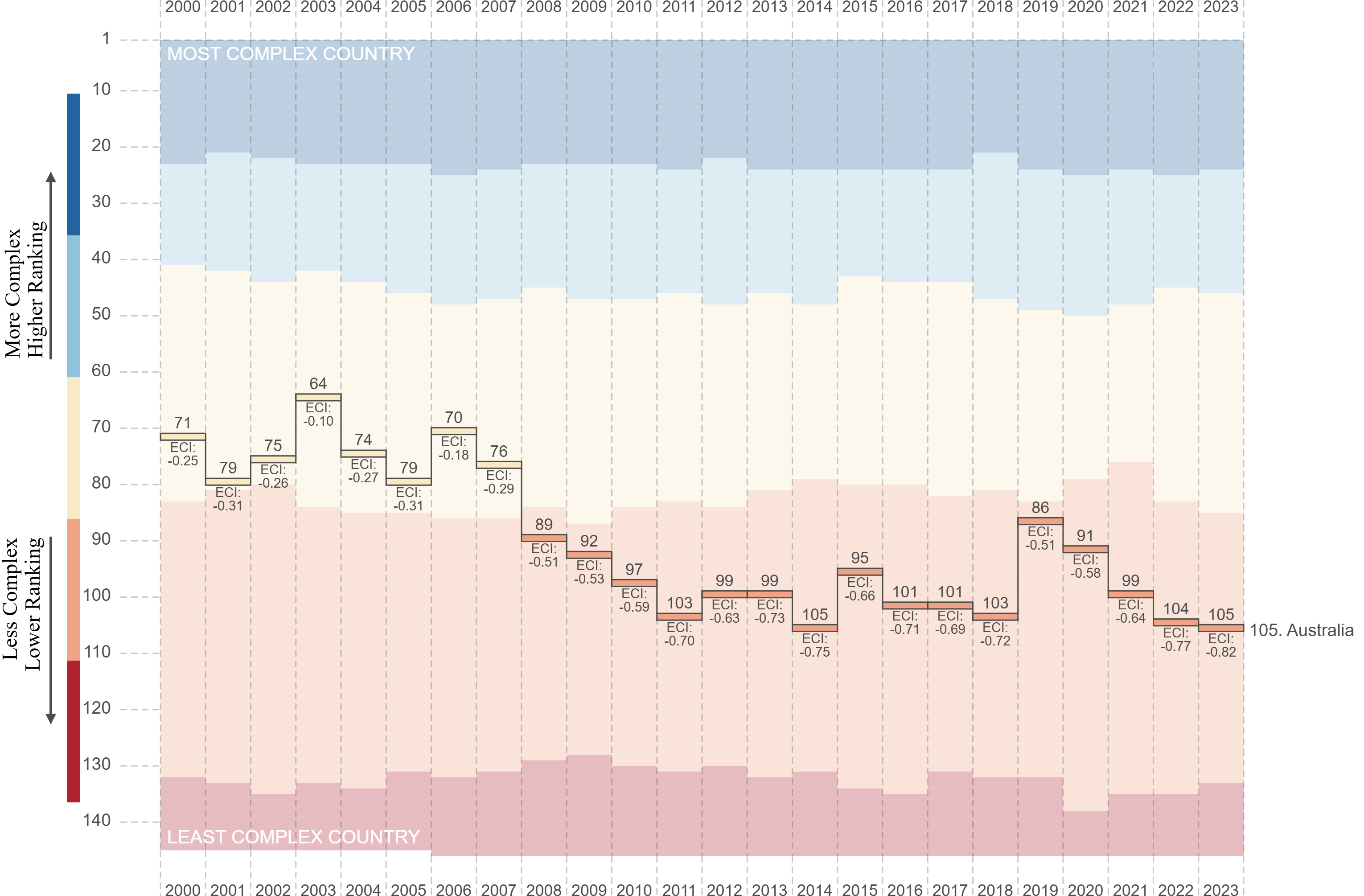
Source: Harvard University
Yet despite regional areas providing the overwhelming majority of Australia’s exports by dollar value, playing an instrumental role in supporting the nation’s economy, government coffers, and our currency, they are often neglected by state governments and Canberra when the time comes to fund infrastructure and services.
When the issue of housing affordability or availability is brought up, one of the most common responses is: “Move somewhere cheaper” or “Move to the regions”.
And that is exactly what thousands of Australian households do every month. They pack up their lives and they move out of the cities, particularly Sydney, and move to regional areas.
Yet the perception of there being plentiful homes and affordable housing is increasingly lacking a grounding in reality.
According to figures from SQM Research, the rental vacancy rate at a national level is 1.2%, still well and truly entrenched at rental crisis levels.
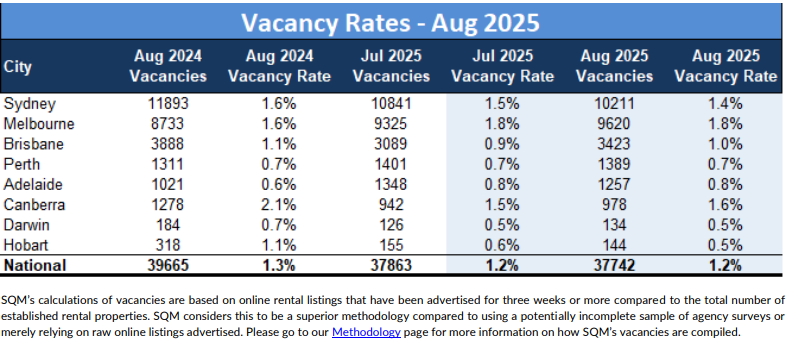
Source: SQM Research
Meanwhile, across the nation’s regional areas, the unweighted average rental vacancy rate is just 0.97%.
During the pandemic the rental crisis kicked off in regional areas, as tens of thousands sought to make their exodus from the Covid restriction-impacted cities.
Despite the era of lockdown and Covid restrictions now being almost four years in the rearview mirror, the rental crisis in the regions persists, very much for the same reason—population outflows from the cities, but with a different underlying cause.
As population growth continues to outstrip housing supply growth, Australians continue to look to the regions to secure a home, whether it be as a purchase or a rental.
With the Albanese government’s National Housing Supply and Affordability Council projecting that the shortage of homes will not only not improve but continue to worsen.
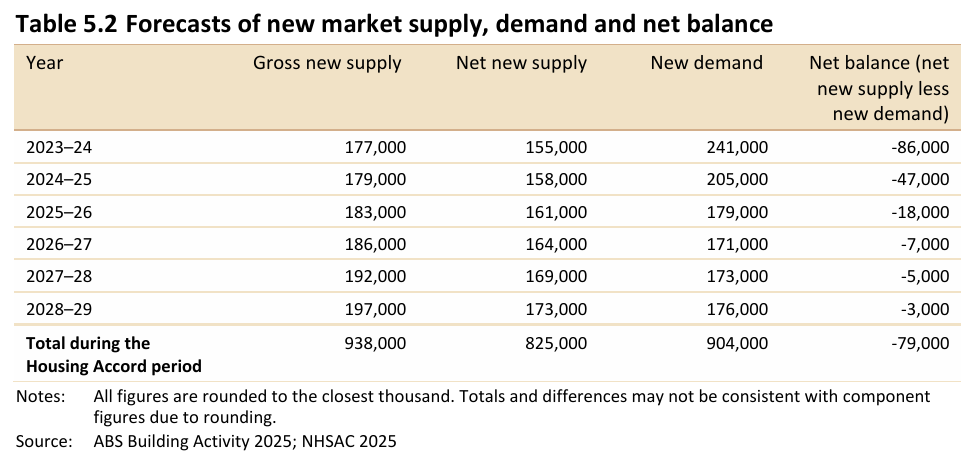
Moving people out of cities en masse will never solve the housing issue.
In a given year a fraction of 1% of the population moves to the regions in net terms. Yet even this relatively small movement of people has been enough to utterly ruin the availability of rentals and price out a large proportion of people on significantly lower incomes.
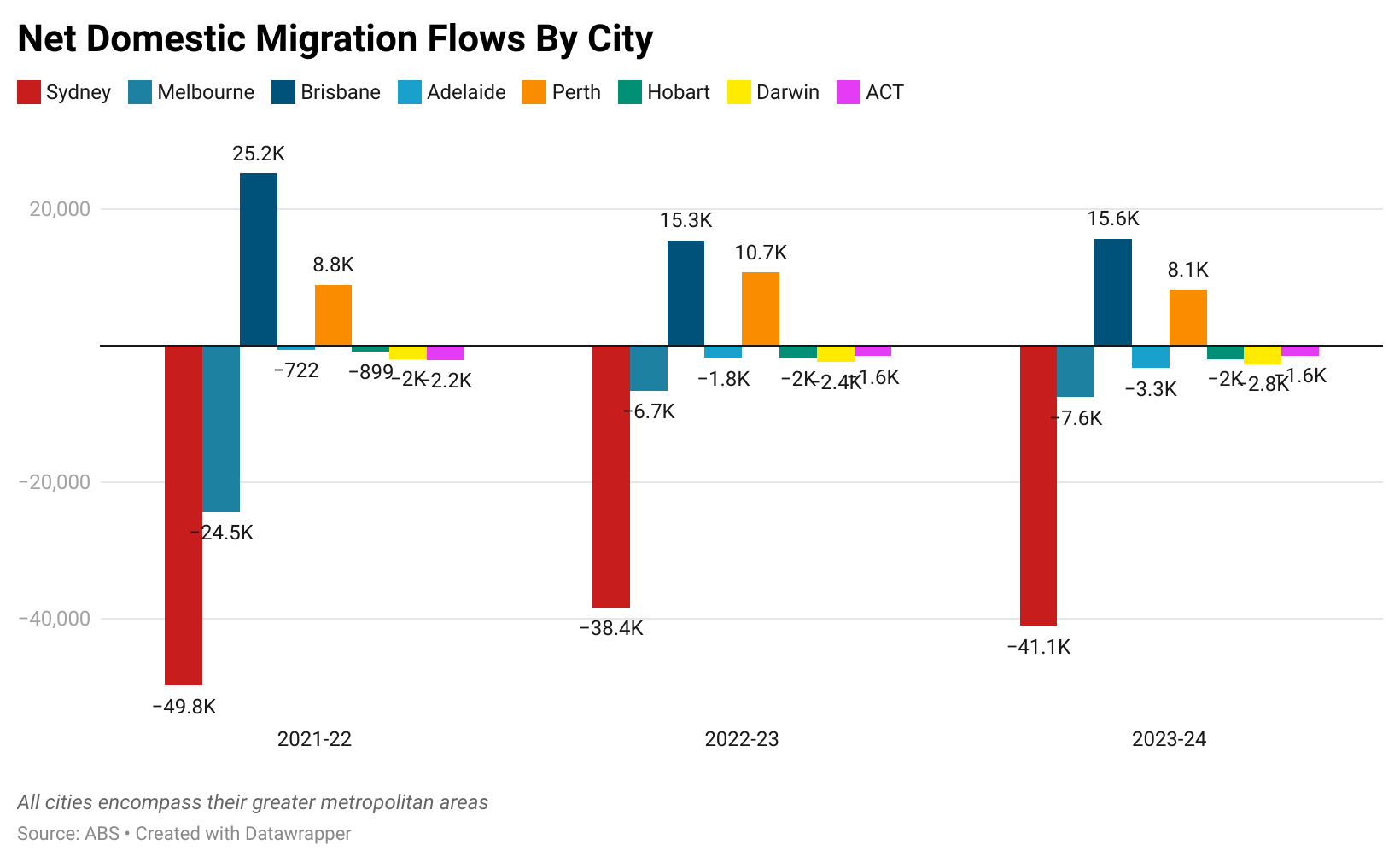
With the Albanese government seemingly committed to maintaining the status quo, which by the admission of its agencies will see the housing shortage persist, the nation’s regions are set for more suffering as more Australians seek an escape from the high cost of housing and rental crisis within the capital cities.

